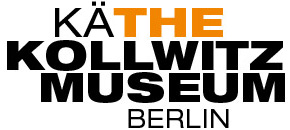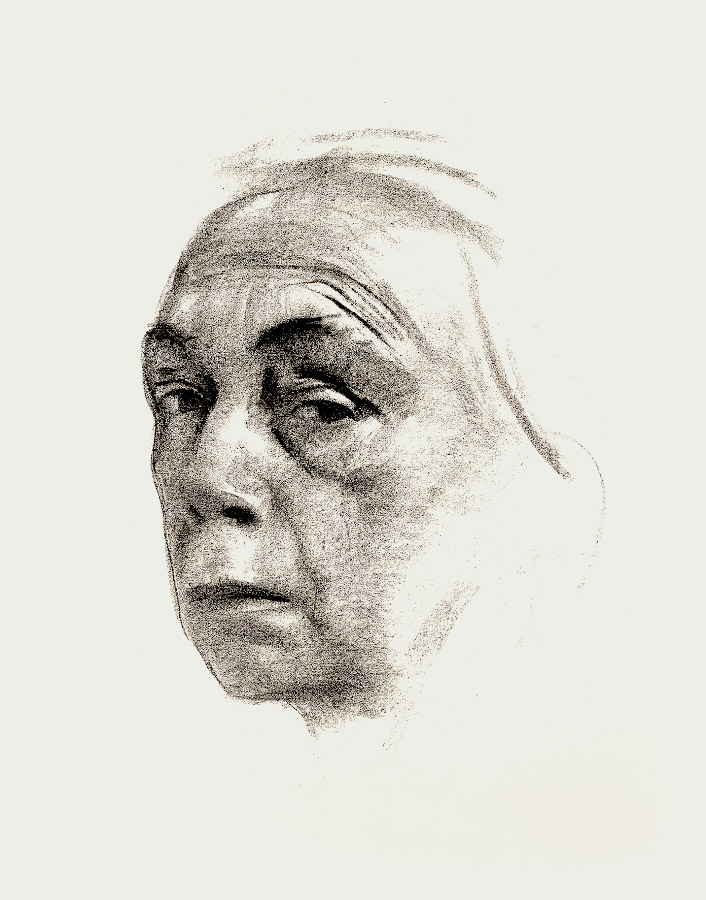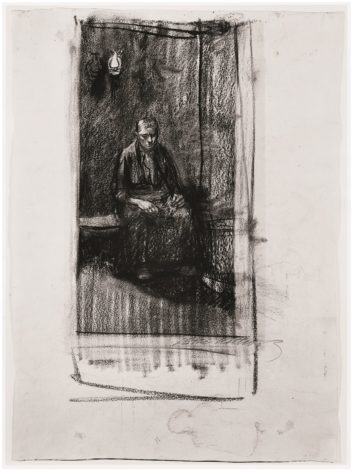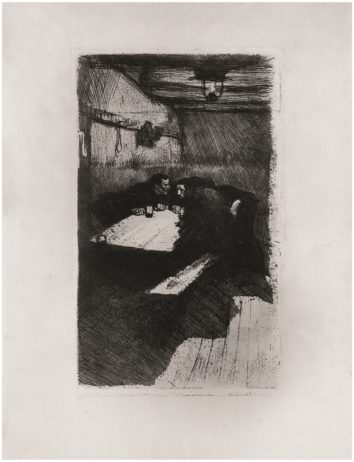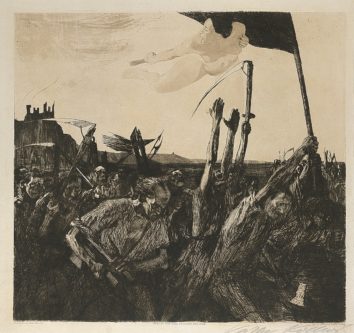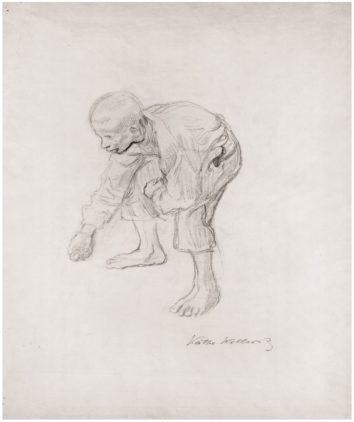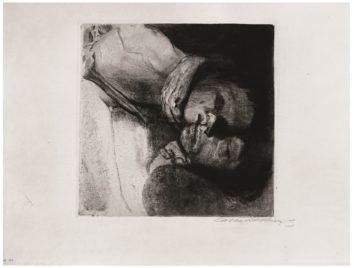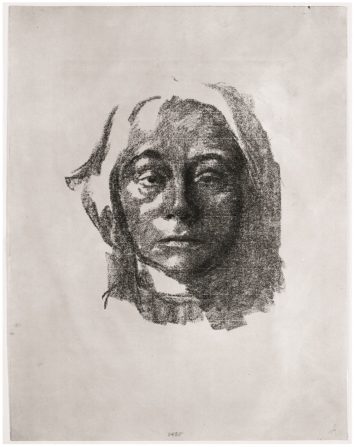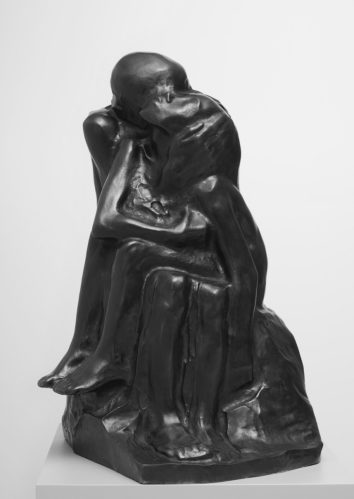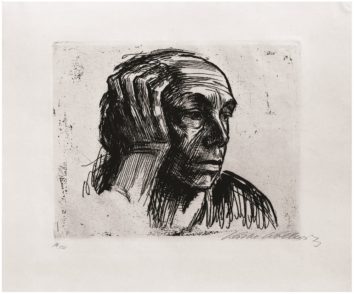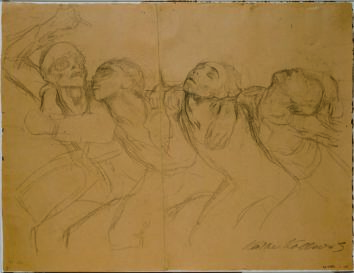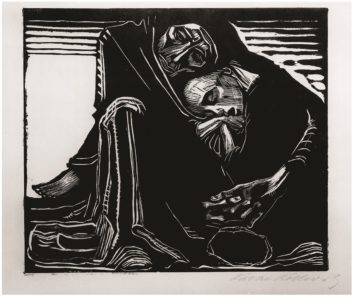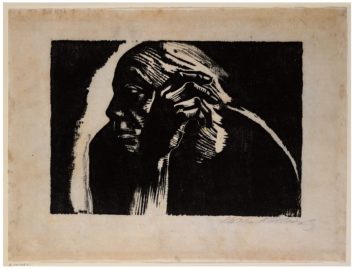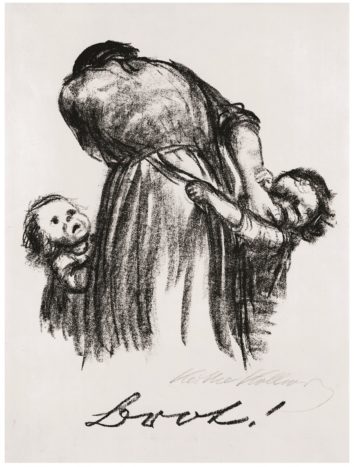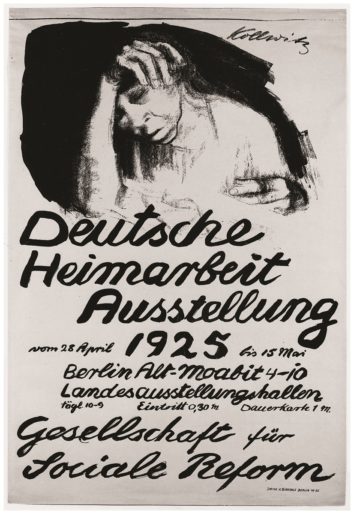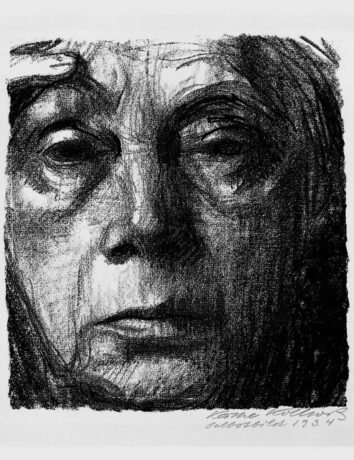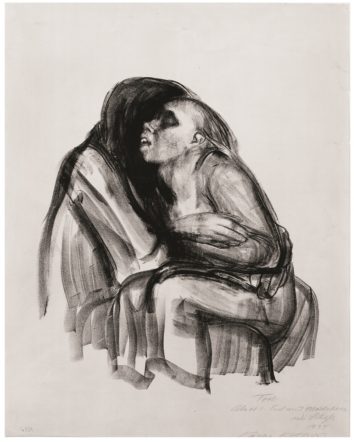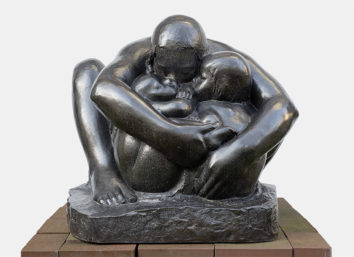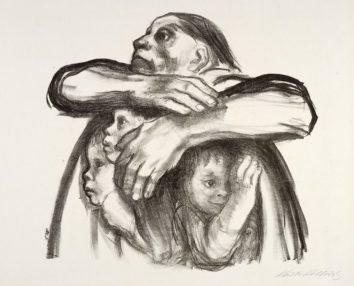
“Käthe Kollwitz is undoubtedly one of the most important women of the last centuries. Her art is one-of-a-kind and bears all the hallmarks of genius. Her language is understood by people of all tongues […].
Except for very few commissions bound to a specific time, Kollwitz’s work is of timeless rank […]. Even the work of Paula Modersohn-Becker, which was so significant for early expressionism, does not come close to Kollwitz’s importance — not even in terms of international appeal.
The wide range of her work encompasses both the great serious themes of life – suffering, hardship and death, hunger and war — as well as the absolutely joyful, light elements of life. […] This polarity within her work is far too little-known […]. It proves that she did not take up and shape that grim theme out of a general penchant for the darker spheres of life. Even her many extremely impressive self-portraits have nothing oppressive or self-tormenting about them; on the contrary, they almost burst the frame with vitality, boldness, and self-confidence. Beyond that, however, they are without exception of great beauty.”
Hans Pels-Leusden, 1967
